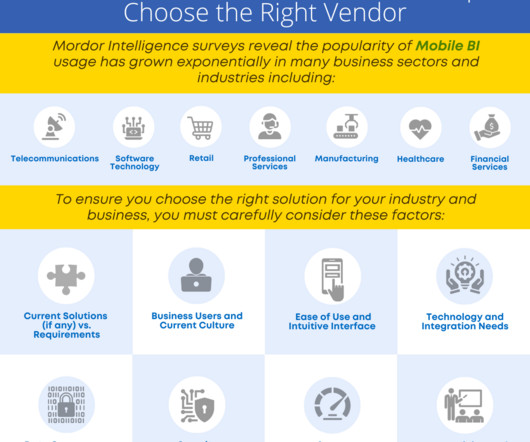Build a real-time analytics solution with Apache Pinot on AWS
AWS Big Data
AUGUST 6, 2024
In essence, it’s the foundation for user-centric data analysis in modern apps, because it’s the layer that translates technical assets into business-friendly terms that enable users to extract actionable insights from data. The scope of data analytics has grown, and more user personas are now seeking to extract insights themselves.













Let's personalize your content